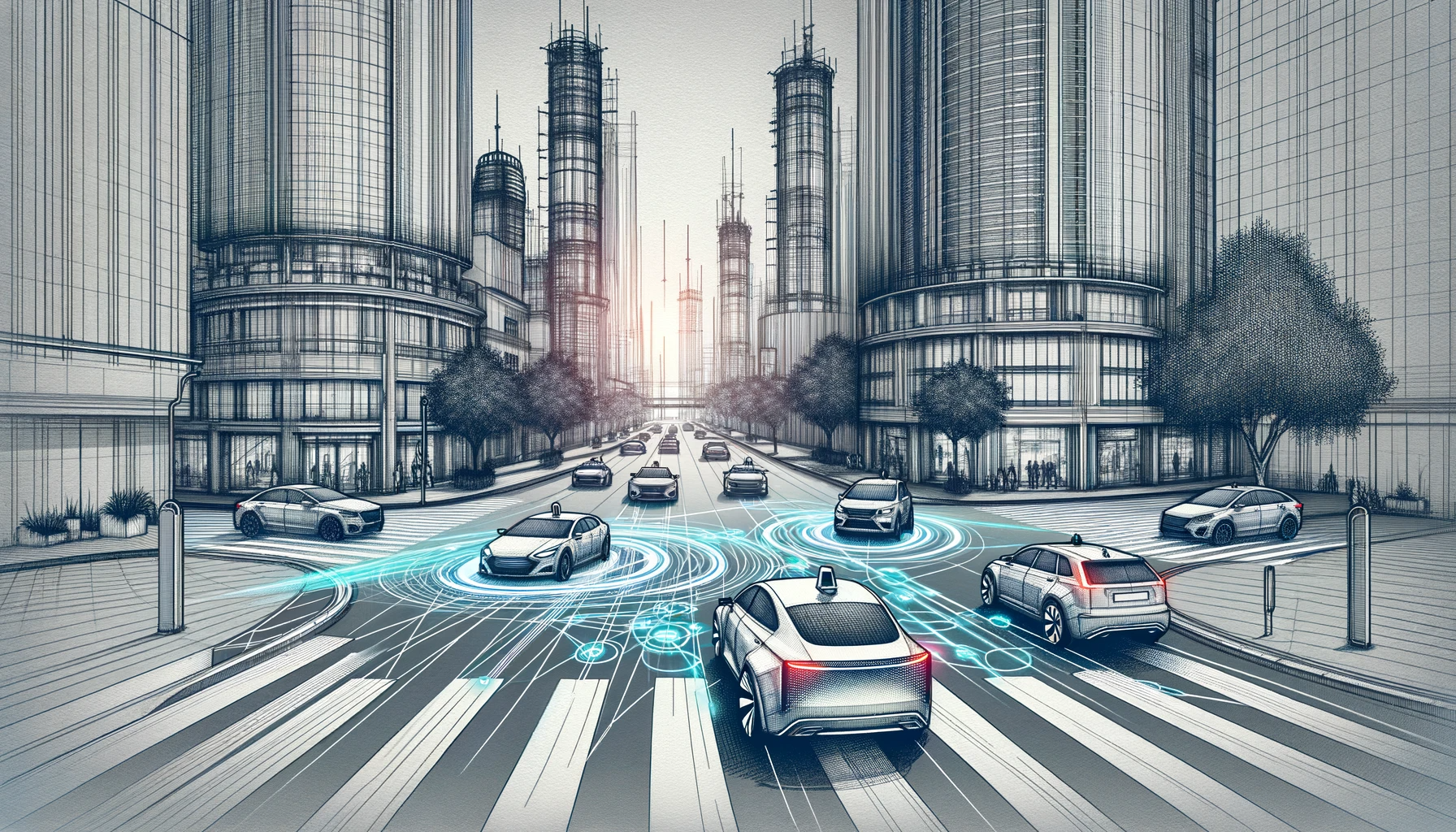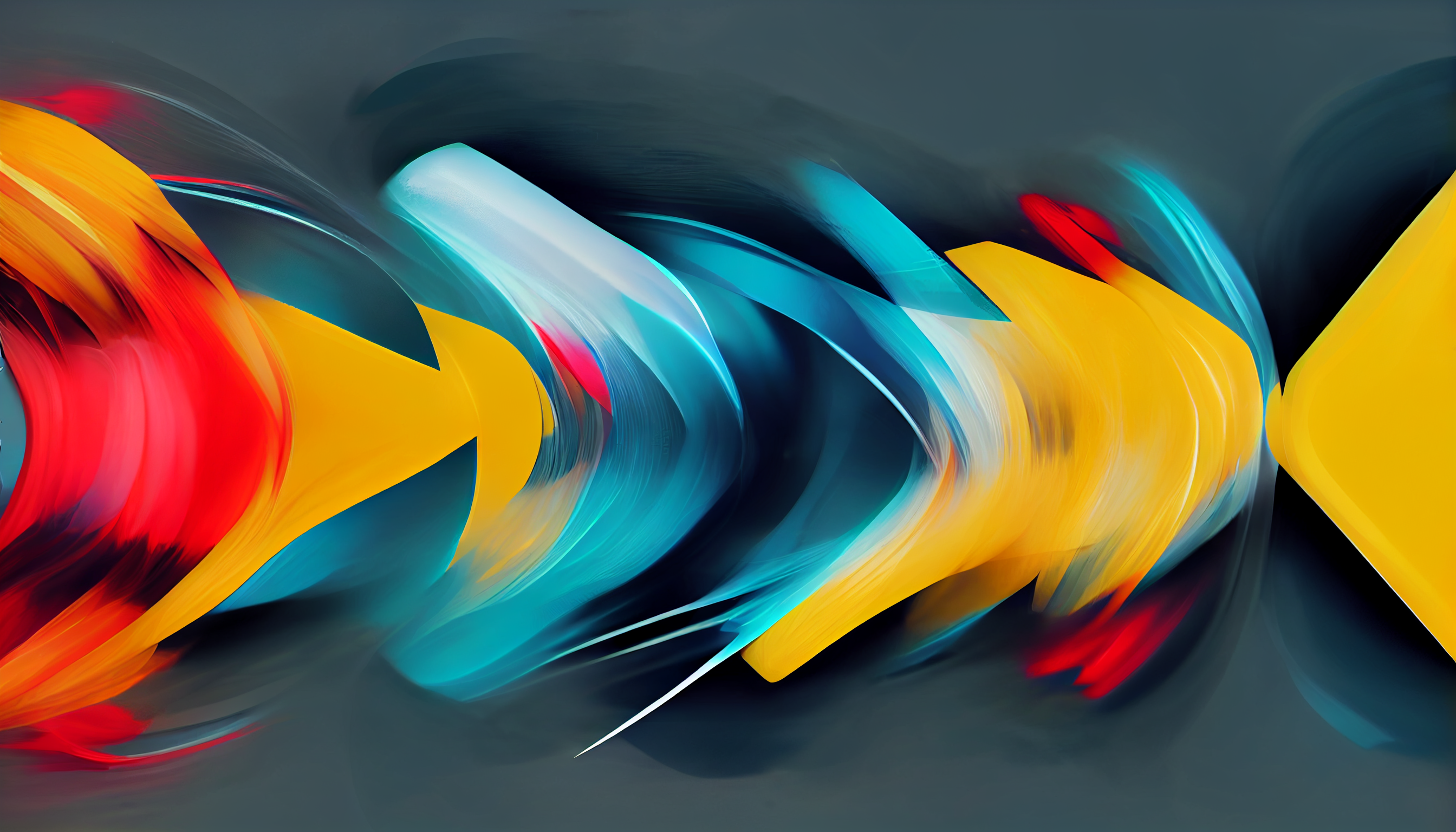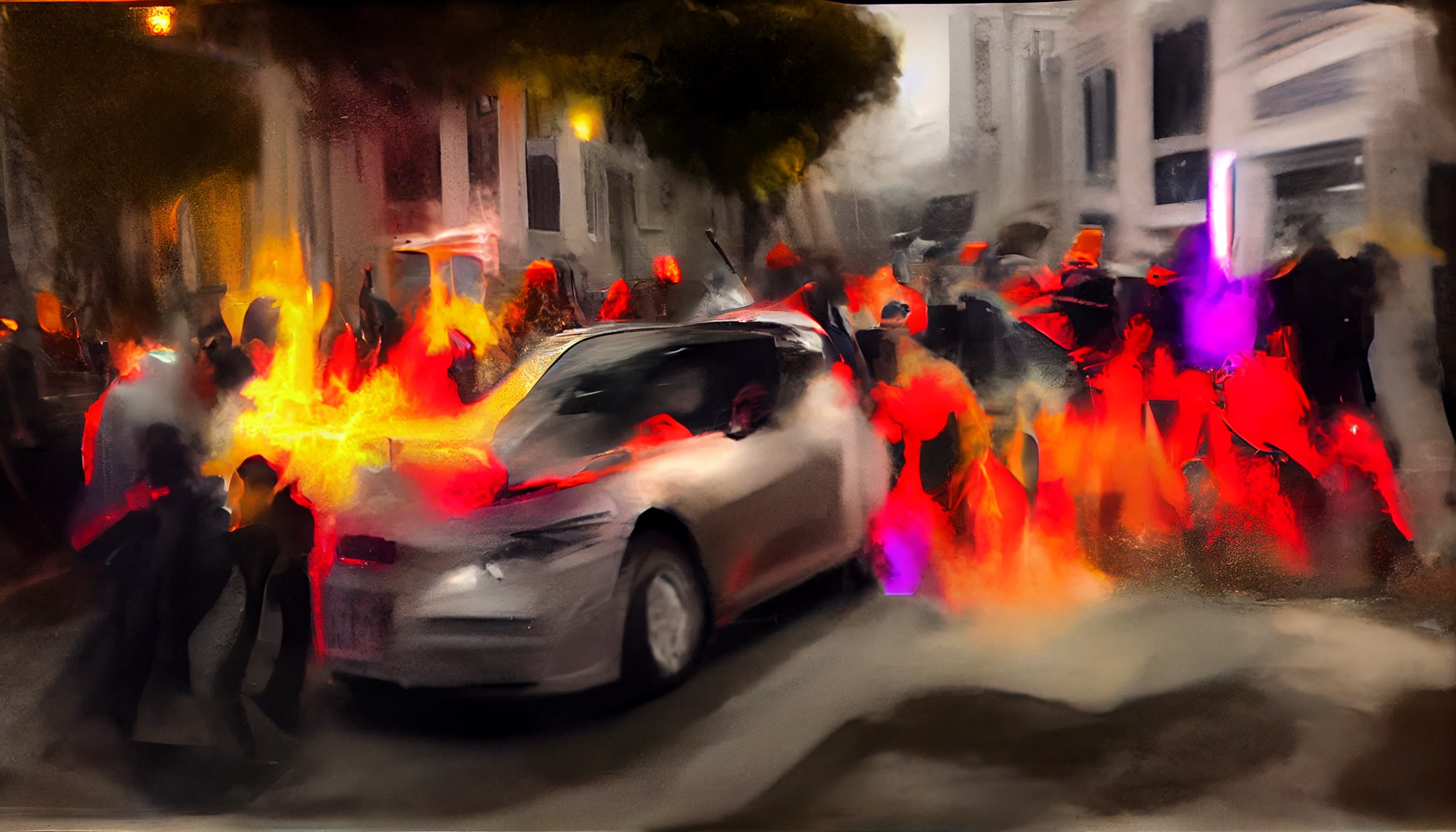The torching of a Waymo driverless car in San Francisco last week says as much about us as it does about the technology that was destroyed. From the Future of Being Human Substack.
I must confess that I was shocked to read about the torching of a driverless Waymo car in San Francisco this past week. As someone who studies and writes about the complex relationships between technology and society, the incident — and the responses to it — shouldn’t have surprised me. Yet I found myself getting surprisingly angry on three accounts as I read about it.
On the evening of February 10, a driverless Waymo that wasn’t carrying passengers stopped when it encountered a street party in San Francisco. By some accounts the crowd and fireworks around it confused the car’s navigation system, leading to it remaining where it was.
The spark that led to what happened next isn’t clear. But at some point people started to mob and vandalize the stationary car.
Posted videos show the car being battered with whatever people could lay their hands on, a side window being smashed, a lit firework being lobed into the interior, and the car bursting into flame.
It’s easy to spin a narrative of anti-technology feelings around this incident. There’s been growing sentiment in San Francisco that self-driving cars aren’t welcome in the city — spurred on by a recent incident involving a pedestrian and a Cruise self-driving vehicle (the company subsequently stopped operating in San Francisco) and a Waymo vehicle hitting a cyclist. Even before this there were reports of growing frustration around the presence of autonomous vehicles on the city’s streets, and targeted action by activists immobilizing self-driving cars.
Yet framing the incident as reflecting a public backlash against a technology that wasn’t asked for and isn’t wanted is simply too convenient …
Related:

Waymo safety study shows not all self-driving cars are created equal
A new joint study between Waymo and Swiss Re indicates their cars are safer than human drivers when operating fully autonomously

AI in Higher Education: Students need playgrounds, not playpens
Artificial intelligence capabilities are moving so fast, and the implications are so profound, that we restrict the ability of students to learn through curiosity, experimentation, and hands-on experience at our peril.

Are educators falling behind the AI curve?
As tech companies release a slew of generative AI updates, there’s a growing risk that educational practices and policies are struggling to keep up with new capabilities.
